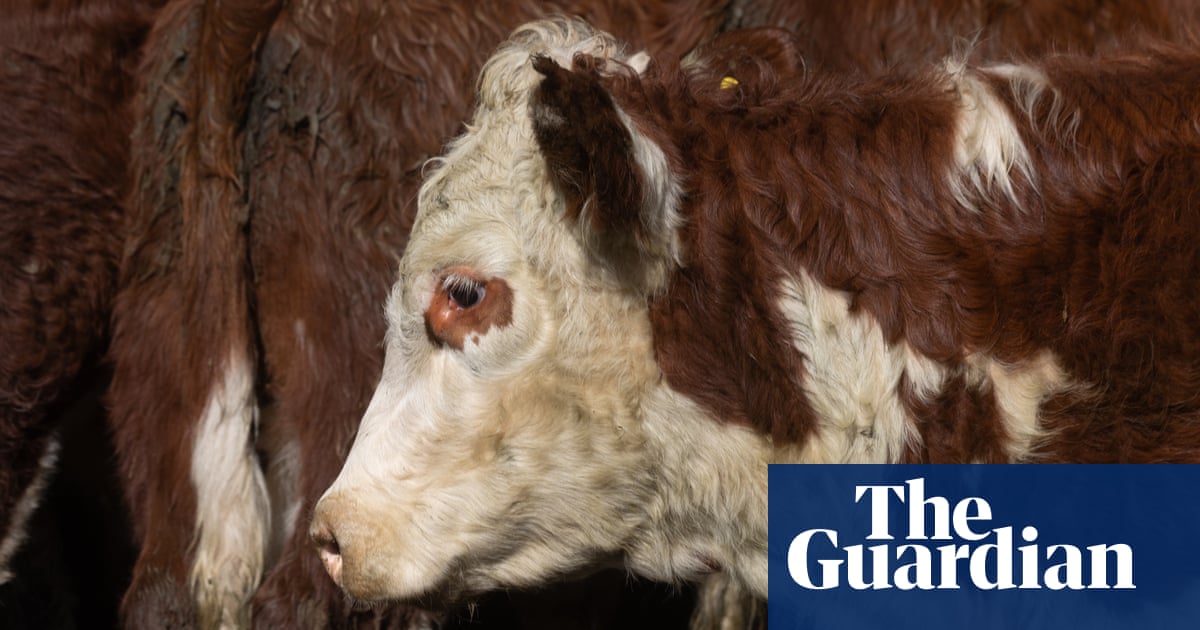Thousands of sheep, pigs and cattle are being subjected to emergency killings after transport to Australian export abattoirs, an analysis of internal government records shows.
Curtin University researchers have also found it is taking almost 11 hours, on average, to inspect animals for injury and sickness after they arrive at abattoir facilities – delays that “significantly increase the likelihood of animals requiring emergency euthanasia”.
Last month, Guardian Australia revealed shocking instances of animal cruelty associated with the nation’s export abattoirs, including the mass hypothermia death of 103 sheep during truck transport, which went unpunished by the state regulator.
The Guardian also revealed veterinarian whistleblowers had repeatedly warned of “profound” problems with the federal government’s oversight of the sector, with one complaint alleging the flawed system risked jeopardising Australia’s relationship with major trading partners.
Curtin University researchers have also been probing animal welfare issues associated with the nation’s export abattoirs, analysing 631 welfare incident reports compiled by government veterinarians in 2020 and 2021. Those reports were released publicly in 2022 after the Greens senator Mehreen Faruqi led a push requiring them to be tabled in parliament.
In a paper last week, Curtin University researchers said their detailed analysis of the documents revealed “significant welfare problems with farmed animals arriving at meat export slaughterhouses, especially in pigs”.
The paper found emergency killing was the most common response to welfare incidents, used in about 60% of cases, or on 2,476 animals. Another 140 animals were found dead on arrival at abattoirs.
The researchers also found significant delays in inspecting animals after they arrived at abattoirs. The time between delivery and detection took 10.8 hours on average, most likely because of late deliveries of animals.
“That’s obviously a long time for any animal to be in a state of severe welfare disadvantage,” Prof Clive Phillips, one of the paper’s authors, said.
Phillips said the 631 welfare reports suggested a significant number of animals were experiencing serious welfare issues during transport.
“Overall, about 4% of animals that are transported were affected by one of these incident reports and most of the welfare problems are quite serious,” he said.
“One of the biggest ones, handling problems, [is] due to problems with the driver or dogs, [as well as] calving and pregnancies during transportation; lameness was a big problem, skin injuries … Pretty well all of them will have a significant effect on the animals that are affected, but also on the animals that are crammed in with them.”
The paper suggested a range of reforms, including stronger farm inspections to determine which animals were fit for transport, and the removal of financial incentives to transport unfit animals.
after newsletter promotion
A spokesperson for the federal agriculture department said the regulation of livestock transport is a matter for state governments. The spokesperson also said export abattoirs must have procedures in place to assess livestock on arrival.
“If livestock is not suitable for slaughter appropriate action must be taken,” the spokesperson said.
The Guardian’s investigation last month revealed whistleblowers had submitted a series of complaints in recent years about the state of the agriculture department’s on-plant veterinarian system, used to monitor animal welfare at export abattoirs.
The whistleblowers complained that disturbing animal welfare incidents were going unreported to state regulators and that the system was chronically understaffed, leaving some facilities unmonitored. Another veterinarian whistleblower resigned in disgust over changes restricting the ability of vets to enter pens to inspect animals, something he said rendered him unable to safeguard animal welfare.
The department rejected those allegations. A spokesperson said at the time that it had a “robust regulatory framework and takes regulatory action, where appropriate, for breaches of animal welfare requirements”.
The Australian Meat Industry Council, an industry peak body, has previously said the number of welfare incident reports tabled in parliament show the success of the oversight system and said it equated to about “0.0058 per cent of the total number of animals processed through export abattoirs during that time”.

